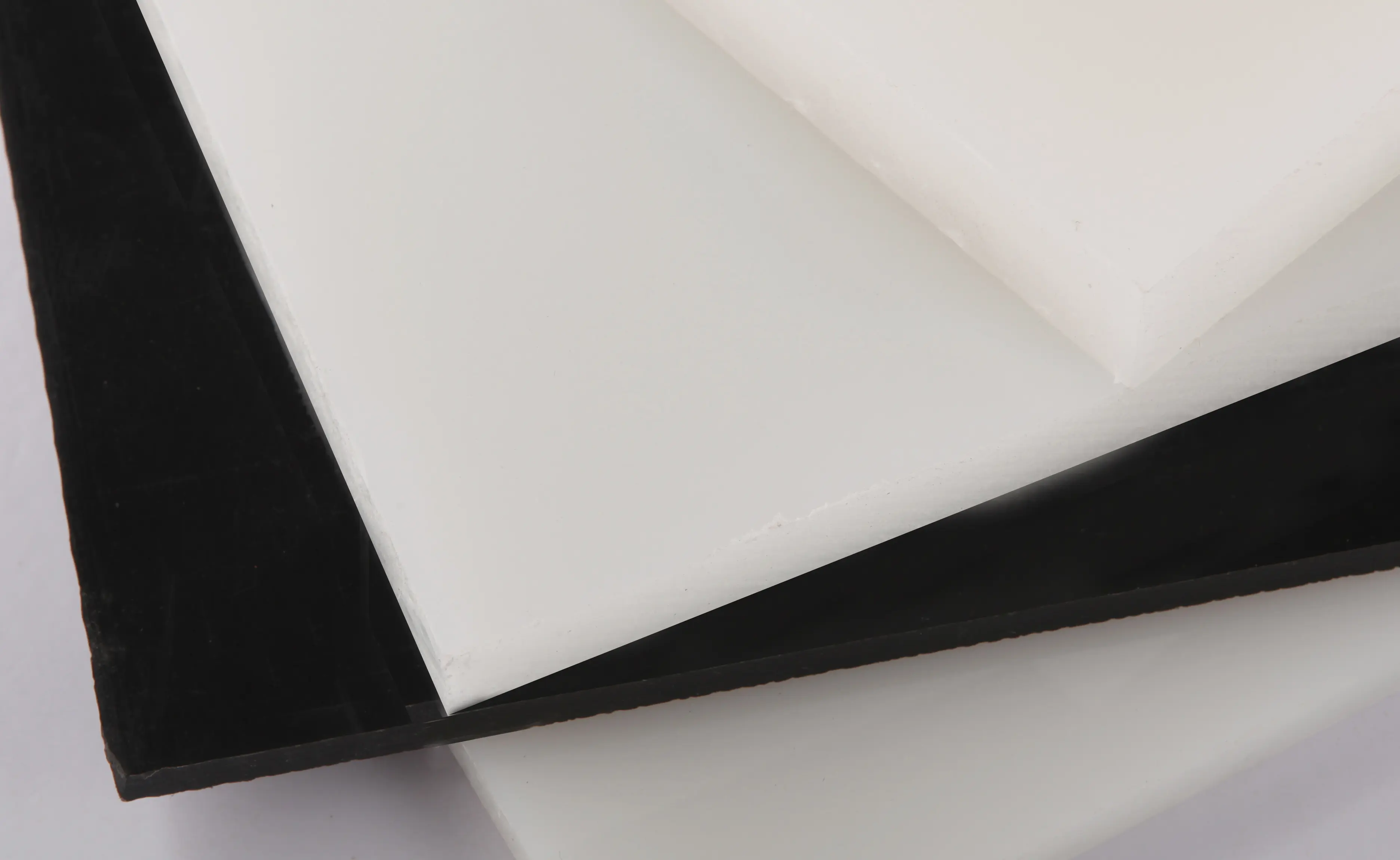اکتبر . 12, 2024 15:15 Back to list
Choosing the Right PVC Pipe Coupling for Your Plumbing Projects and Needs
Understanding PVC Pipe Couplings A Comprehensive Guide
PVC (Polyvinyl Chloride) pipe couplings are essential components in plumbing and construction, widely used for connecting two pipes of the same diameter. They serve a critical role in various applications, from residential plumbing systems to industrial setups, ensuring a seamless flow of liquids and gases. This article delves into the significance of PVC pipe couplings, their types, installation procedures, and advantages.
What is a PVC Pipe Coupling?
A PVC pipe coupling is a fitting used to join two lengths of PVC pipes. It provides a tight seal to prevent leaks and can accommodate changes in direction or size as necessary. Couplings are designed to be durable, resistant to corrosion, and lightweight, making them a preferred choice for many plumbing and construction projects.
Types of PVC Pipe Couplings
There are several types of PVC pipe couplings, each serving specific purposes
1. Standard Coupling This is the most common type, used for connecting two straight lengths of pipe. It typically has the same diameter on both ends, allowing for a uniform flow through the joined pipes.
2. Reducing Coupling This type transitions between pipes of different diameters. It allows for flexibility in piping systems where space or design might require a change in pipe size.
3. Elbow Coupling An elbow coupling is designed to change the direction of the pipework. It can be either a 45-degree or a 90-degree fitting, depending on the desired angle of the junction.
4. Cap Although not a coupling in the traditional sense, a cap is a crucial fitting that closes off the end of a pipe. This type of fitting can also be used in conjunction with couplings when terminating a line.
5. Tee Coupling A tee coupling allows for a branch connection, forming a 'T' shape. This is particularly useful for diverting the flow from one main line into two different directions.
Installation of PVC Pipe Couplings
Installing PVC pipe couplings is a straightforward process, but proper techniques are crucial to ensure a leak-proof connection. Here’s a step-by-step guide for installing a standard coupling
1. Cut the Pipe Use a pipe cutter to obtain clean cuts on both ends of the pipe. Ensure the cuts are straight to allow for a proper seal.
pvc pipe coupling

2. Deburr the Edges Remove any burrs or rough edges using a deburring tool or sandpaper. This step is important for preventing damage to the coupling.
3. Apply Primer and Cement Apply PVC primer to the ends of the pipes and the inside of the coupling. This prepares the surface for bonding. After the primer dries slightly, apply PVC cement to the same areas.
4. Assemble the Joint Slide the coupling onto one pipe end, then quickly insert the other pipe. Push it in fully while rotating the coupling slightly to ensure an even distribution of the cement.
5. Hold in Place Hold the connection for about 30 seconds to allow the cement to set. Avoid any movement during this time to ensure a strong bond.
6. Curing Time Allow for the specified curing time before testing the joint under pressure. This can typically range from a few minutes to several hours, depending on the cement used.
Benefits of Using PVC Pipe Couplings
PVC pipe couplings offer numerous advantages that make them an attractive choice for many plumbing applications
- Durability PVC is resistant to corrosion, rust, and degradation, which means it can last for decades without needing replacement.
- Cost-Effectiveness Compared to metal pipes and fittings, PVC is generally more affordable, both in terms of material costs and labor for installation.
- Lightweight This makes them easier to handle and transport, reducing physical strain during installation.
- Versatile PVC couplings are suitable for various applications, including drainage, water supply, and even electrical conduit, proving their versatility in construction and plumbing.
Conclusion
PVC pipe couplings play an integral role in modern plumbing systems, providing essential connections that ensure safety and reliability. By understanding the different types, installation processes, and benefits of PVC couplings, plumbers, contractors, and homeowners can make informed decisions for their piping needs, enhancing the efficiency and longevity of their systems. Whether for residential or industrial use, adopting PVC technology is a step forward in sustainable construction and plumbing practices.
-
Durable PVC-M Water Supply Pipes | 60-Year Life
NewsAug.04,2025
-
Premium HDPE Water Supply Pipes: Durable & Leak-Proof
NewsAug.03,2025
-
Premium PVC-M Water Supply Pipe - Durable & Efficient
NewsAug.02,2025
-
Premium PP Welding Rod: GPT-4 Turbo Enhanced
NewsAug.01,2025
-
HDPE Drainage & Irrigation Pipe - Durable, Efficient Solutions
NewsAug.01,2025
-
Premium PVC Transparent Pipe: Durable & Clear Solutions
NewsJul.31,2025

